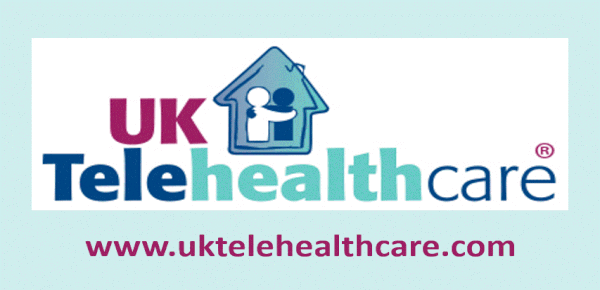[grow_thumb image=”https://telecareaware.com/wp-content/uploads/2016/03/Hurdle.jpg” thumb_width=”150″ /]Will 2016 be the year where the hurdles are jumped? Telehealth systems and platforms are becoming more comprehensive and compatible with mobile technologies. While there are still discussions (arguments!) as to telehealth remote patient monitoring effectiveness in care models, with the occasional naysaying short-term or IVR study ‘proving’ RPM doesn’t work, the long-term positive VA Home Telehealth results since 2003, and the large body of research prove otherwise when integrated within a chronic or transitional care model. Yet at $14 million or .0025 percent, it was in 2014 a tiny part of Medicare payments because of CMS’ emphasis on rural telehealth at that point (and still). Medicaid (state programs for low-income children and adults under CMS oversight and administered through private payers) is more generous, with most states providing some payment and some having parity (with in-person visits) regulations.
A retrospective look at telehealth reimbursement is in a just-published paper by the Health Care Cost Institute (full PDF of report) which analyzed thousands of claims from four major insurers (Aetna, Humana, Kaiser Permanente and United Healthcare).to track trends in telehealth billings from 2009-2013. Key findings are summarized by senior counsel René Quashie of leading health tech law firm Epstein Becker Green in this article. It’s evident that the private payer sector didn’t exactly lead the way on commercial adoption of telehealth and telemedicine.
Here, the public sector is forcing change. Medicare rules on chronic care management changed for year 2015 to permit telehealth integration, and while complex (and not especially generous), CMS has further expanded them for ACOs in the Medicare Shared Savings Program (MSSP) and for new Next Generation ACOs. Yet only 20 percent of ACOs in the 2015 MSSP program actually used telehealth in care programs.
You can understand why from practices’ past experiences with payers. Becker’s Hospital Review cites from excerpts that while telehealth claims reimbursement on average rose 2009-2011 from $60 to $68/visit, in 2013 they dropped precipitously to $38. For all the hand-wringing over mental health, psychiatrists get the short end once again: a diagnostic interview exam (which is generally 1-2 hours if not more) cost $200 via telehealth (telemedicine) and $288 when the exam was conducted in person, but reimbursement was $77 and $105 respectively. After needing to invest in equipment and software, it’s understandable why physicians don’t look forward to getting paid less for their trouble.
But the argument is that things are changing for the better, and that is advocated by Nathaniel Lacktman, partner of tech law firm Foley & Lardner in his optimistic article in Advance Executive Insights, which maintains that 2016 is going to be the Year of Telehealth and remote patient monitoring. (more…)







Most Recent Comments